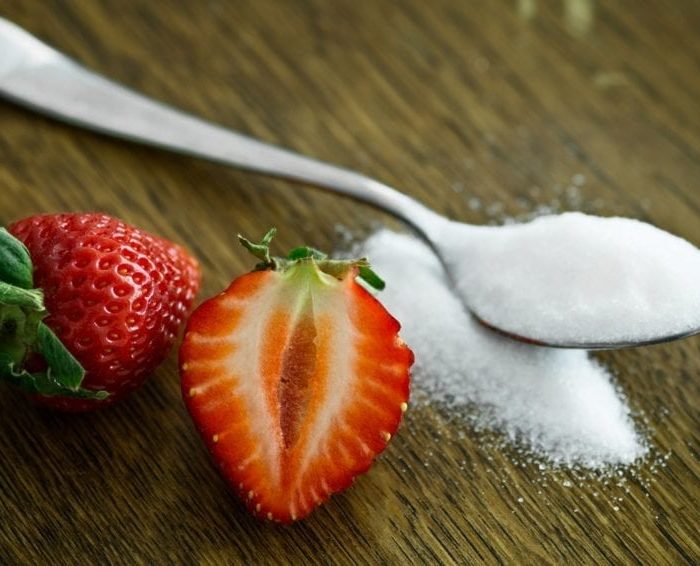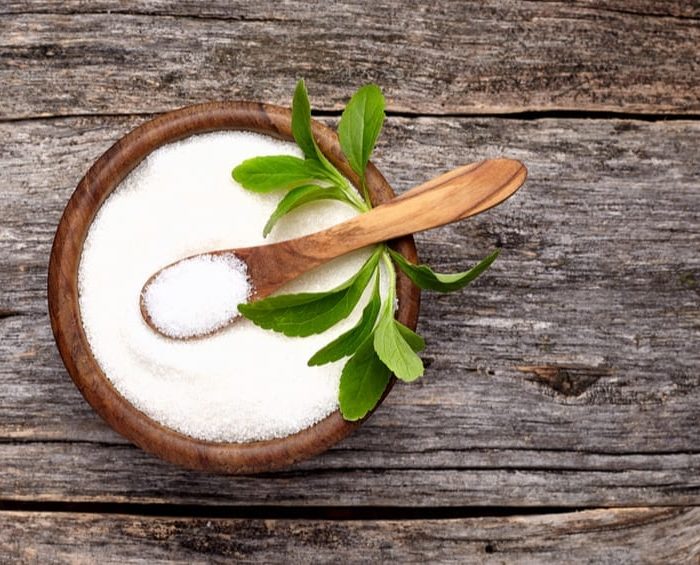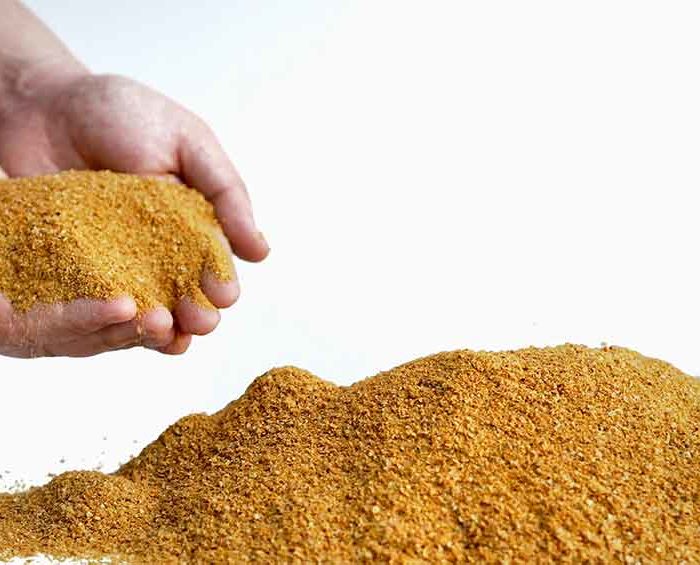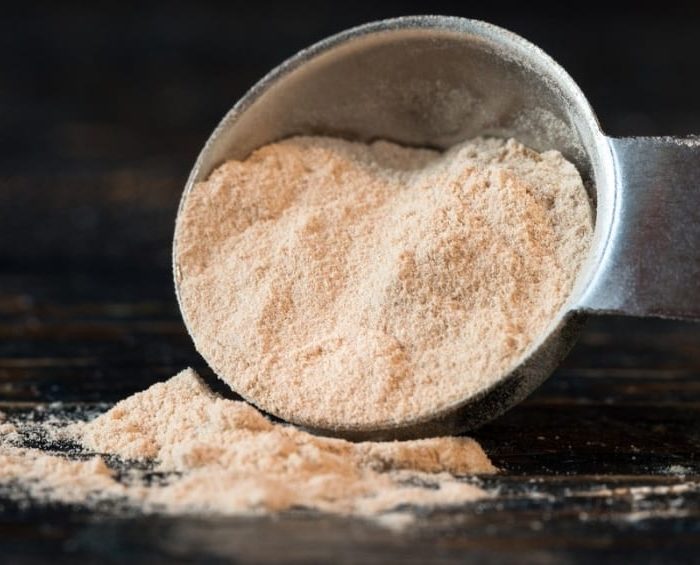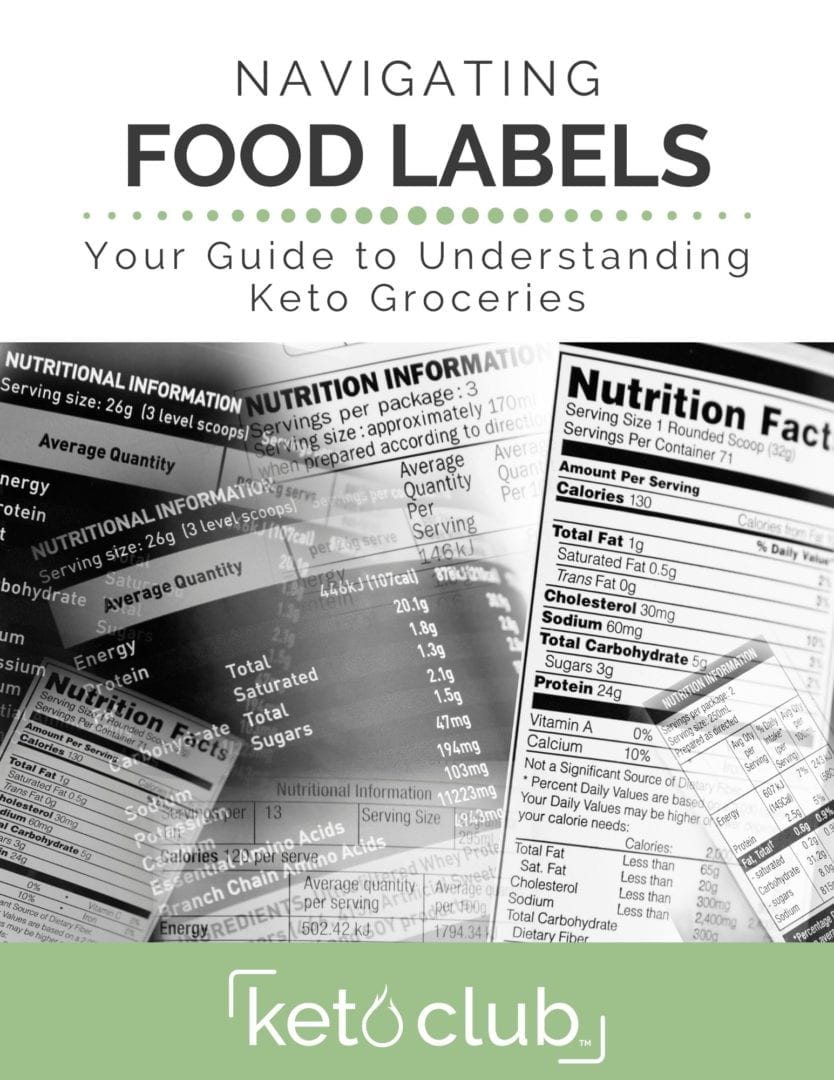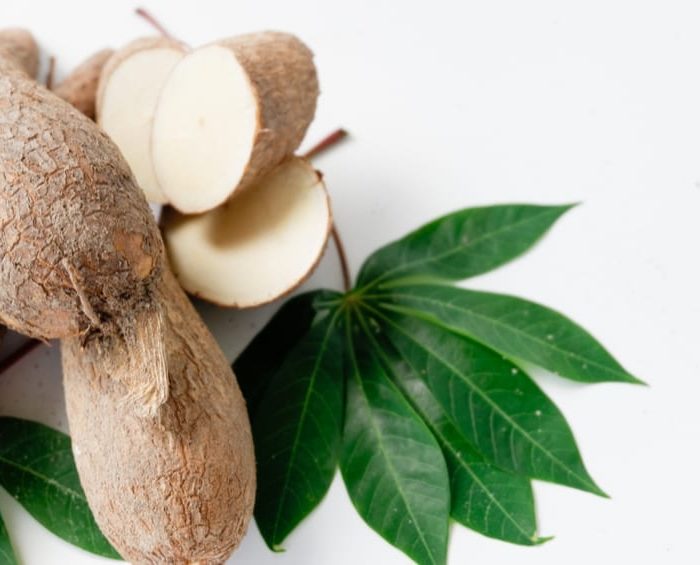
What is Tapioca Fiber and Is It Keto?
You might have heard about tapioca through the keto grapevine. So, is it keto-friendly? What is it used for? Where does it come from? What’s the nutritional value of tapioca fiber? Read on for some answers and helpful info on this interesting food derived from the cassava plant. What is Tapioca Fiber? Tapioca refers to a starch that’s harvested from the cassava root — a tuber that’s native to South America. The cassava root is easy to grow and it’s a dietary staple in certain places in Asia, South America, and Africa. Tapioca has limited nutritional value, however, it’s affordable and has a variety of uses. Tapioca is typically a dried product and sold as a white flour, flakes, or pearls. It’s a popular gluten-free and grain-free alternative and many people use it for cooking and baking and for autoimmune and paleo type diets.Tapioca flour isn’t cassava flour. Cassava flour simply refers to the ground cassava root whereas tapioca is the starchy liquid extracted from ground cassava root. Many people are intolerant or allergic to


 How To Read A Nutrition Fact Panel
How To Read A Nutrition Fact Panel